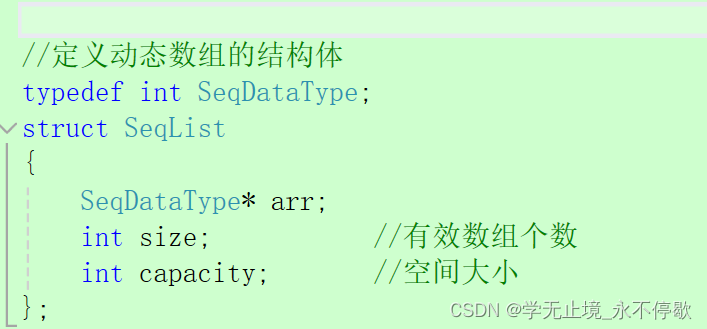1、Linux fork 函数
pid_t fork(void);
pid_t : 对于子进程,返回0
pid_t : 对于父进程进程,返回子进程进程号
int pipe(int pipefd[2]);
pipefd[0] 为读取管道
pipefd[1] 为写入管道
返回值:-1失败 0 成功
2、函数实例
#include <stdio.h>
#include <unistd.h>
#include <sys/types.h>
#include <sys/wait.h>
#include <stdlib.h>
#include <string.h>
int main (int argc, char ** argv){
int pipefd[2];
int ret = 0;
pid_t cpid;
char buf;
if(argc != 2) {
printf("Usage pipe <command> \n");
_exit(EXIT_SUCCESS);
} else {
printf("argv[1] = %s \n", argv[1]);
}
ret = pipe(pipefd);
if(ret == -1){
perror("fork error \n");
} else {
printf("create pipe success !\n");
}
cpid = fork();
if (cpid == -1) {
perror("fork error \n");
}
printf("pid1 = %d \n", getpid());
if (cpid == 0) {
/*子进程从管道读取 */
printf("child pid2 = %d cpid = %d \n", getpid(), cpid);
/* 关闭不使用的写管道 */
close(pipefd[1]);
/*子进程读取管道数据,并输出打印*/
while (read(pipefd[0], &buf, 1) > 0){
write(STDOUT_FILENO, &buf, 1);
}
write(STDOUT_FILENO, "\n", 1);
/*关闭管道*/
close(pipefd[0]);
printf("child pid2 = %d cpid = %d \n", getpid(), cpid);
_exit(EXIT_SUCCESS);
} else {
printf("parent pid3 = %d cpid = %d \n", getpid(), cpid);
/* 关闭不使用的读管道 */
close(pipefd[0]);
/* 父进程写arg[1]到管道 */
write(pipefd[1], argv[1], strlen(argv[1]));
close(pipefd[1]);
/*等待子进程*/
wait(NULL);
printf("parent pid3 = %d \n", getpid());
exit(EXIT_SUCCESS);
}
return 0;
}
3、代码运行效果
编译二进制文件,运行到手机端
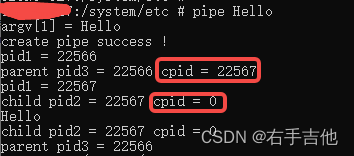
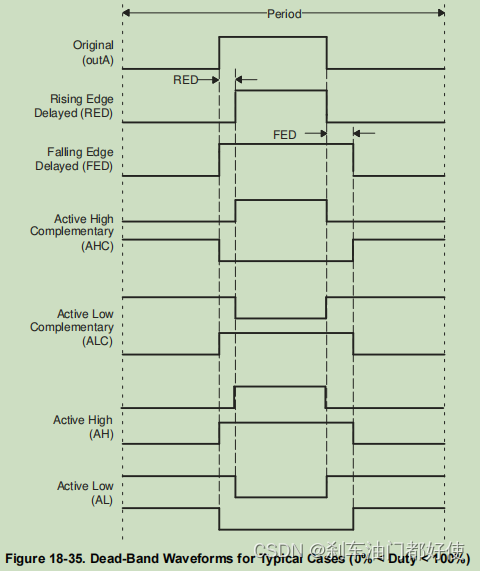
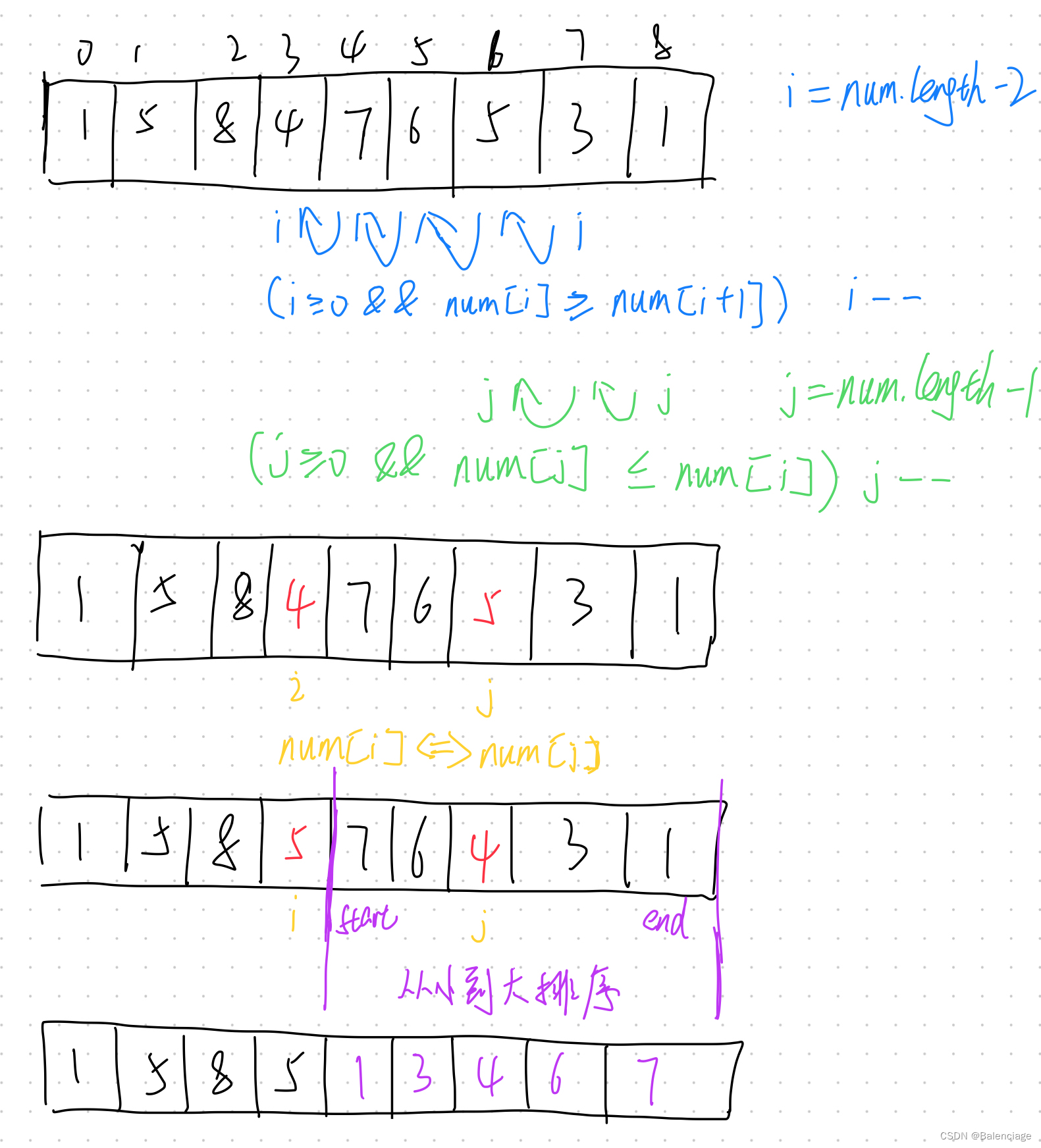


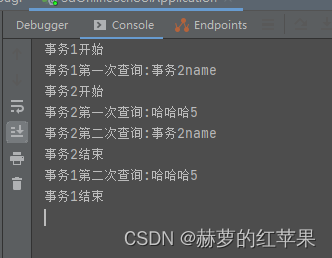







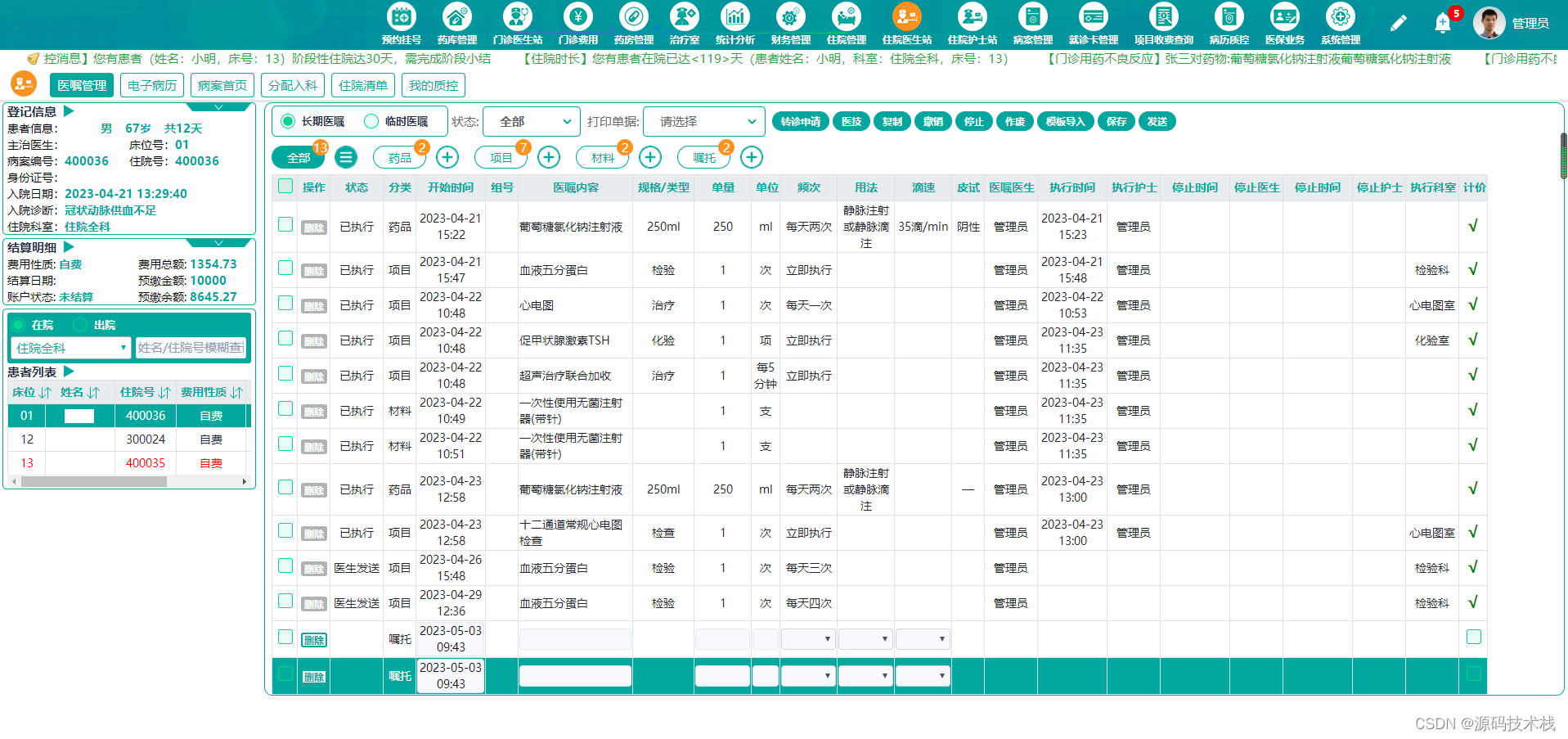

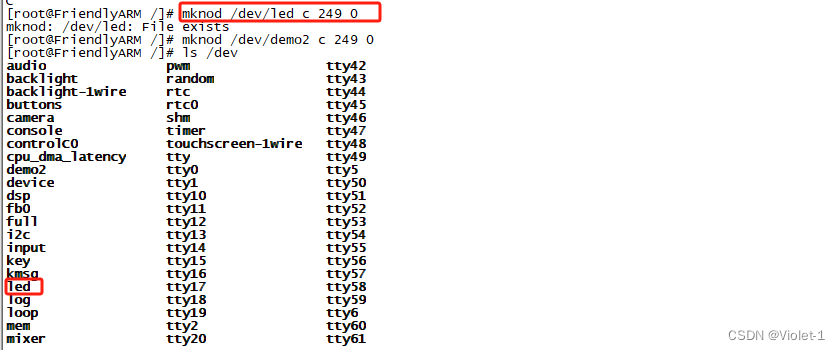
![[方案实操|数据技术]数据要素十大创新模式(1):基于区块链的多模态数据交易服务平台](https://img-blog.csdnimg.cn/img_convert/57f84f1e0a558ca34c2abfcb40cd25c2.jpeg)
